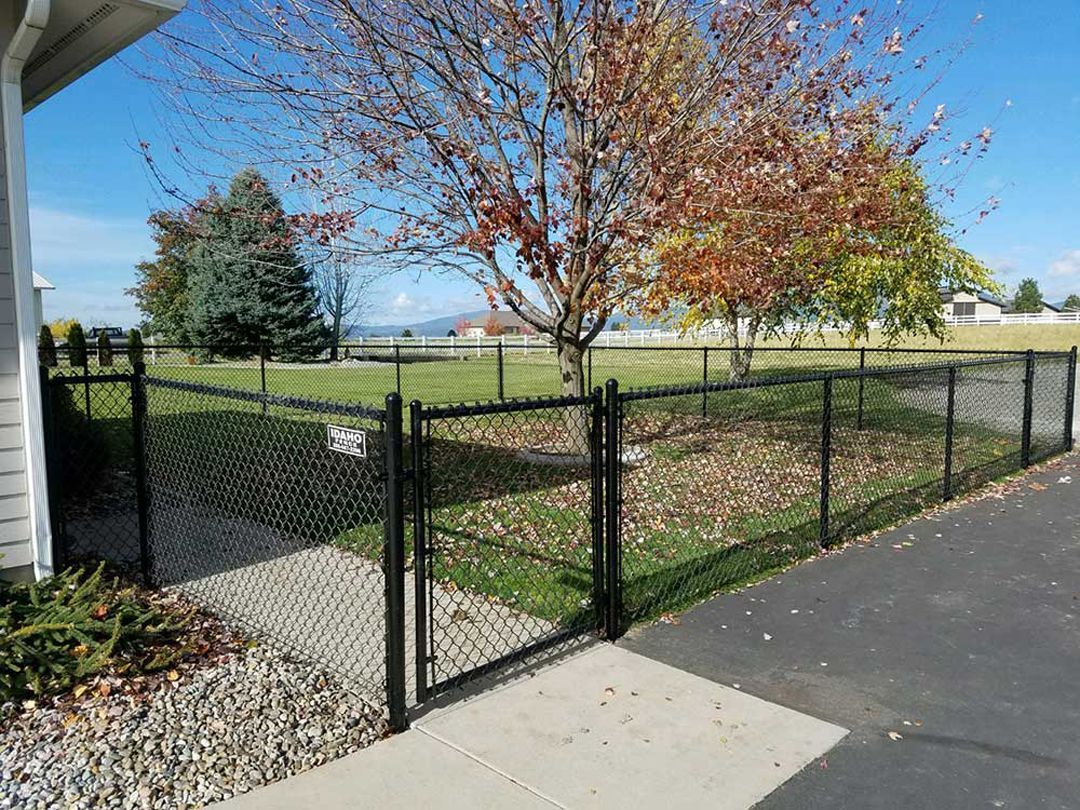Understanding Vinyl and Wood Fencing
Selecting the ideal fence for your property often comes down to vinyl or wood. Each material has its own set of advantages and challenges, so it’s essential to consider your needs, style preferences, and budget.
In this article, we’ll compare the key features of vinyl and wood fences to help you make an informed decision.

Why Choose Vinyl Fencing?
- Durability: With excellent resistance to weather conditions, pests, and rot, vinyl fences are built to last.
- Low Maintenance: Because vinyl doesn’t need painting or staining, it requires very little upkeep, making it a hassle-free option.
- Cost: Vinyl fences may cost more upfront, but their durability and low maintenance can save money in the long run.
- Drawback: One downside of vinyl fences is the limited range of colors and styles, which might not suit every design preference.
Wooden Fences: Pros and Cons
- Aesthetic Appeal: The natural, rustic look of wood fences can be enhanced with various paint, stain, or finish options to suit any style.
- Cost: Wooden fences are often more cost-effective to install than vinyl fences.
- Maintenance: Wood fences require regular maintenance, such as painting, staining, and repairs, to prevent damage from pests and the elements.
- Lifespan: The lifespan of a wood fence can be shorter, particularly in areas that experience harsh weather or humidity.
Cost Comparison: Which Offers Better Value?
Vinyl fences typically cost more upfront, but their low-maintenance nature makes them more cost-effective in the long term. In contrast, wood fences are less expensive initially but require more maintenance.
For a long-term investment, vinyl may offer better value, while wood could be more economical for short-term or budget-friendly projects.
Eco-Friendly Fencing: Vinyl vs. Wood
Wood is a renewable resource, making wood fences more eco-friendly, although chemical treatments can lessen their environmental benefits. Vinyl is not biodegradable but offers a long lifespan, reducing its environmental footprint over time.
Consider sourcing sustainably harvested wood or recycled vinyl for a greener choice.
